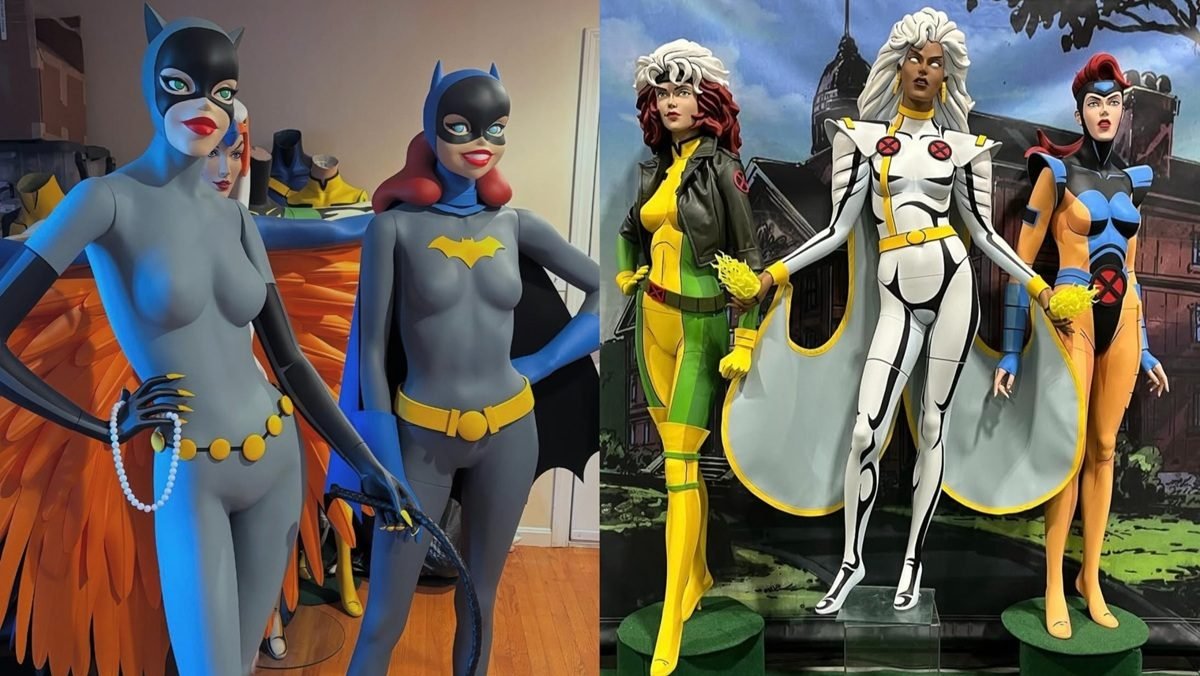An esteemed artist and sculptor, who famously created a memorial for the Tower of London, has been nominated for a Blue Plaque.
Brian Catling RA, a ‘lover of the strange,’ seemed to excel at any art he tried his hand at.
Born in 1948, Brian was abandoned and then adopted by a working-class family. He was raised on the Old Kent Road in tenements – affordable housing for low-income families.
Despite these humble beginnings, his creativity shone. He was educated at Walthamstow School of Art (now part of the University of East London) and the Royal College of Art, before passing on his expertise as Professor of Fine Art at the Ruskin School of Art at Oxford University. He held the post there for 26 years, retiring in 2017.
Brian exhibited his work internationally since 1975 and became known for his unconventional style.
Largely in a lane of his own, in 2006 he entered the mainstream when he was asked to create a memorial to the Site of Execution at the Tower of London.

The sculpture was to remember the royals who were spared public execution and were sentenced to death on Tower Green, including Anne Boleyn and Lady Jane Grey.
This spot was reserved just for them, and the executions reportedly took place under cover.
It still stands today as a popular attraction for visitors.
Some of Brian’s other notable works and performances included: Cyclops at South London Gallery (1996), Quill Two at Matt’s Gallery, Dilston Grove (2011), Vanished! A Video Seance made with screenwriter Tony Grisoni (1999), and Antix at Matt’s Gallery (2006.)
The latter, which Brian featured in himself as a physical actor, was described as ‘an inventive, disturbing work of theatre’ by an ex-student and friend of his, Dan Fox.

An award-winning poet and author, he wrote around 23 novels in total, including the well-known fantasy trilogy, The Vorhh. In many of his books, just like in his art, he appeared to laugh in the face of picking a genre and would often cross boundaries.
Following his death, Professor Jane Garnett, who served for many years as Chair of the Ruskin Committee, reflected on how much they would miss their colleague and friend.
She commented: “Brian grew up as a much-loved lover of the strange and became a man uncompromising in his pursuit of the dark as well as the light, fearful and fearless, a lightning flash in a summer cloud.
“As the scope of his imagination was extraordinary, so too was his love. He was generous in all his gifts – funny, irreverent, subversive, as he was loyal, devoted, and deeply serious. He loved his students and his friends and committed a thousand quiet acts of kindness and support. The Ruskin was his home for so many years, and he was its soul. In his integrity, he combatted hypocrisy, superficiality and solipsism. He was a whole person, whose largeness of form and spirit – of laughter and cursing – galvanised and embraced us all. How much we will miss him.”
Brian had dyslexia, tics and a severe stutter. Again, not letting it be a disadvantage, he used it in his art. According to one of his books – Words Fail Us: In Defence of Disfluency – he made performance pieces about not being able to speak.
In 2016, the Royal Academy of Art officially recognised him as a Royal Academician (RA) – a post-nominal title given to extraordinary artists.
A year before his death, a BBC Four documentary, titled ‘Where Does It All Come From?’ celebrated Brian’s achievements. The programme told the story of a man whose unique vision and childhood obsession with outsiders would later become one of the great artists of our time (in every sense of the word).
After a long battle with illness, Brian died on 26 September 2022 aged 74.
To vote for Brian Catling for a Blue Plaque contact isabel@southwarknews.co.uk






